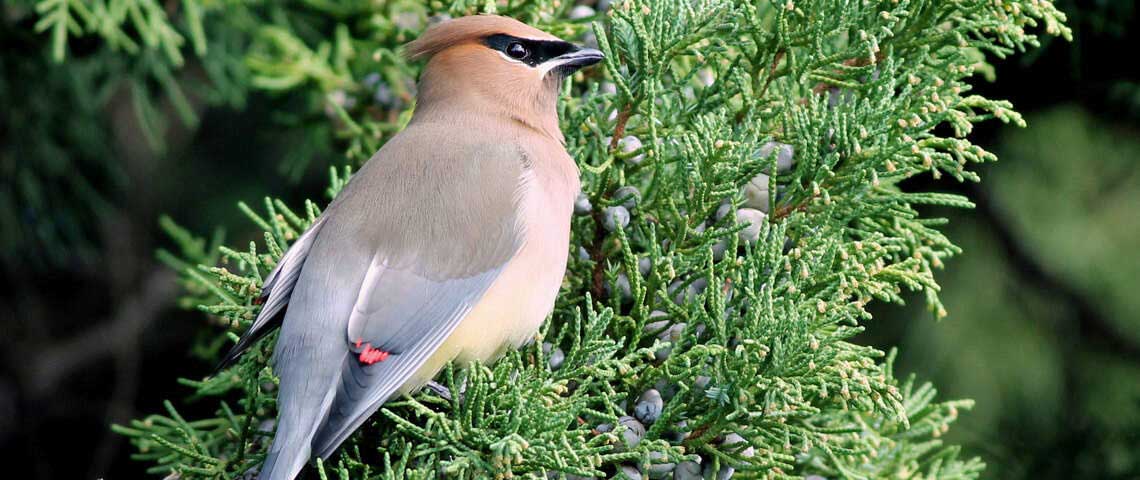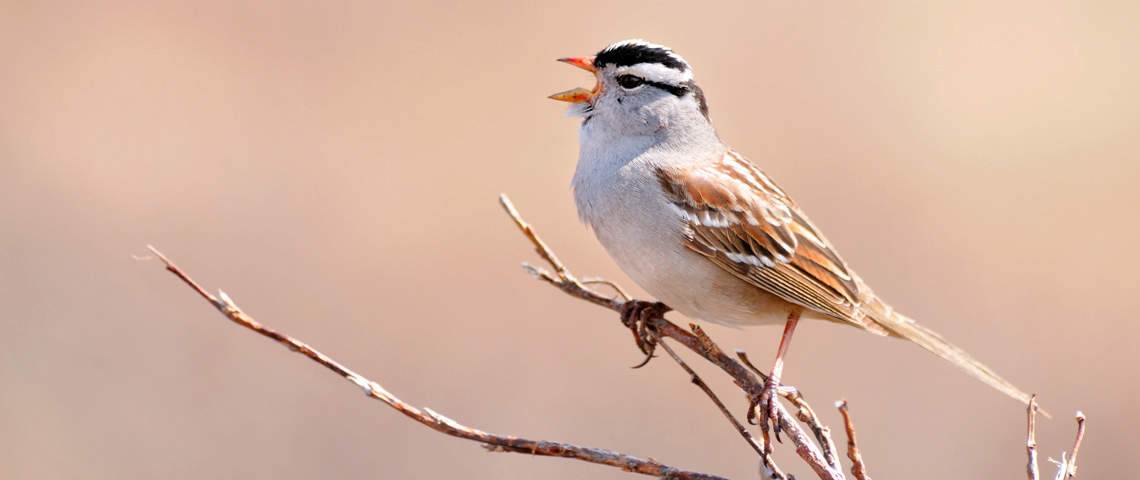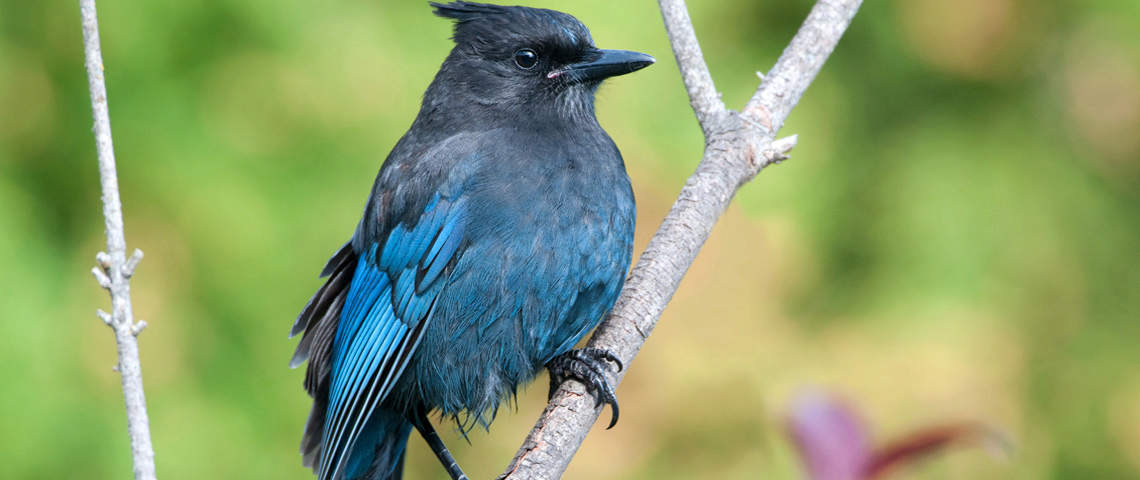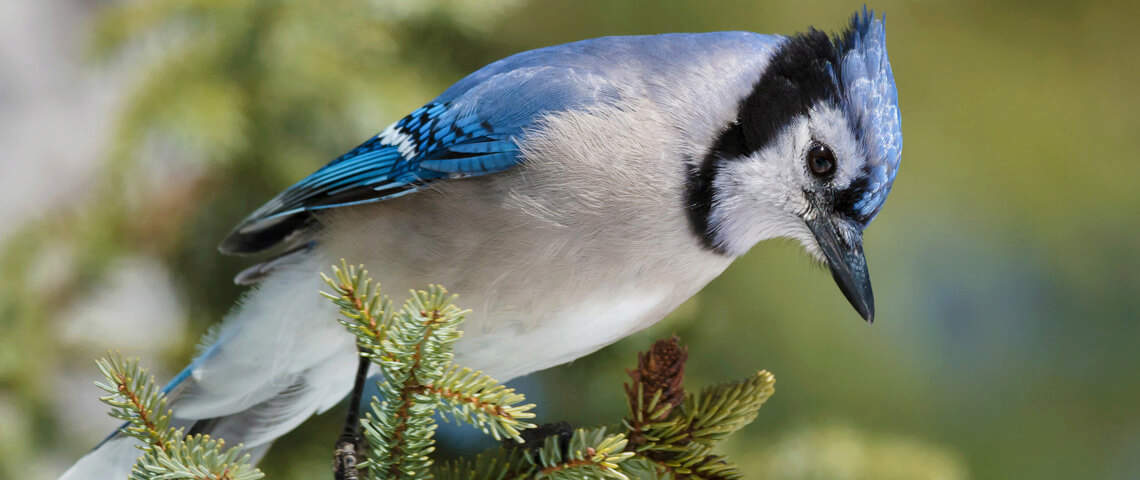Birding Tips: Attract Backyard Birds With Native Plants
Shrubs provide natural food, shelter, and nesting sites for birds, and spring is a great time to plant some of them. How do you figure out the best species and varieties to plant?
Plants are best adapted to the area they evolved in—their natural range. Locally native plants are by far the wisest choices for our yards, not only because they require virtually no watering or pesticides to thrive, but also because they provide exactly what local birds, butterflies and other wildlife need.

The problem is that “locally native” means exactly what it says, so the right plant list for one area may be entirely different from the list for another area in the same state.
Many people plant nectar-producing flowers to attract hummingbirds and butterflies. This provides an excellent food source, but unless these plants are native, they often don’t support the insects that hummingbirds and other birds require for protein, nor the appropriate leaves for butterflies to lay their eggs.

We don’t help Monarch butterflies by giving them nectar without places to lay their eggs, so it’s far, far better to provide milkweed grown from seeds in your area than any other kind of plants. In southern states, some of the non-native milkweed people grow doesn’t die back at the right time, holding Monarchs from migrating at the right time, which may be harming them.
How do you find out what plants to grow? The best place to start is your local library, or the nearest bird club, nature center, county extension office, or natural gardening club. The bigger the assortment of plants you offer, the more species of birds and butterflies will benefit.
You can get plenty of help at the Cornell Lab of Ornithology’s Habitat Network, a wonderful citizen science program that will help you assess your backyard habitat and improve it.




